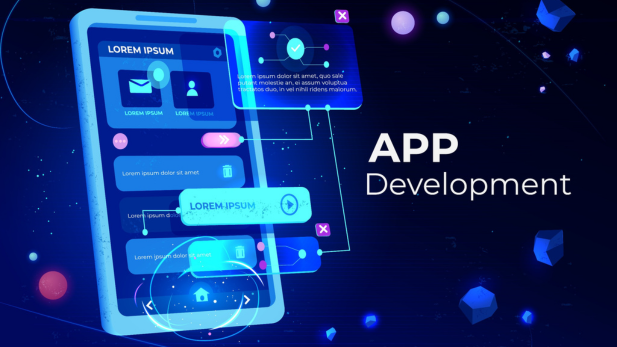
The Software Development Life Cycle (SDLC) is a structured process used to develop high-quality software that meets user expectations while staying on time and budget. It offers a step-by-step framework for planning, creating, testing, deploying, and maintaining software.
Key Stages of SDLC
1. Requirement Gathering and Analysis
In this initial phase, developers collaborate with stakeholders to understand user needs and define the software’s purpose. The goal is to create a clear Requirement Specification Document (RSD).
2. System Design
Designers convert requirements into technical specifications, including UI/UX design, data flow, and architecture. This blueprint guides the development team throughout the process.
3. Implementation (Coding)
Developers write code based on design documents, using version control systems like Git for tracking and collaboration. Unit tests are often written alongside code to ensure quality.
4. Testing
This phase focuses on identifying bugs and verifying that the software meets all requirements. Testing includes functional, performance, and security checks. Feedback from testers helps refine the product.
5. Deployment
After successful testing, the software is deployed to a live environment. Deployment may be gradual, starting with limited users before a full-scale rollout.
6. Maintenance and Support
post-deployment, the software is updated based on user feedback. Maintenance includes bug fixes, feature enhancements, and performance improvements.
Popular SDLC Models
• Waterfall: Linear and sequential; best for well-defined projects.
• Agile: Iterative with frequent user feedback; supports flexibility.
• V-Model: Emphasizes testing for every development stage.
• Iterative: Builds software in repeated cycles.
• DevOps: Integrates development and operations for continuous delivery.
Best Practices
• Maintain clear documentation
• Embrace continuous testing
• Encourage team collaboration
• Use version control
• Adopt Agile methods when appropriate
Conclusion
SDLC ensures systematic development, quality assurance, and successful software delivery. By following its stages and applying best practices, teams can create secure, scalable, and user-friendly applications.


